Music theory
Melody - AQA
A melody is a linear sequence of notes. It is a combination of pitch and rhythm.

Harmony and tonality - AQA
Music contains notes in succession (melody) or notes in combination. When notes are played at the same time it is called harmony. The type of harmony created in a piece of music or a song is the tonality of the music.
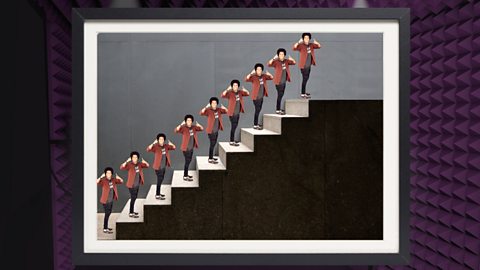
Structure - AQA
Most music is divided into different sections. These can be identified by keys, melodies, lyrics or chord sequences. The different sections form the structure of a piece or song.
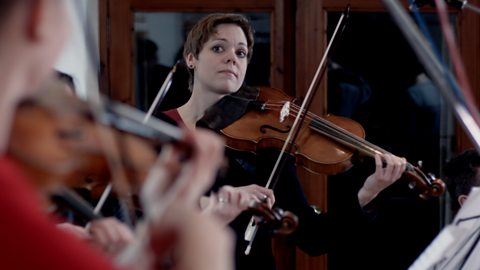
Tempo, metre and rhythm - AQA
Tempo, metre and rhythm are vital in all forms of music. Tempo is the underlying beat of the music. Metre is the organisation of rhythms into certain regular patterns. Rhythm is the organisation of particular sounds by their length. Without tempo, metre and rhythm, music would be disorganised and chaotic.
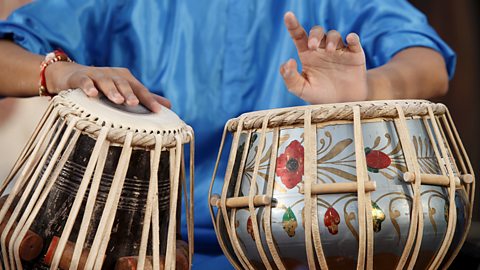
Dynamics and articulation - AQA
Dynamics are used to show what volume a piece of music should be played at. Articulation is used to show how to play a note - if it should be short and spikey or smooth.

Sonority (Timbre) - AQA
Sonority is another word for timbre. The timbre or sonority of an instrument or voice is the colour, character or quality of sound it produces.
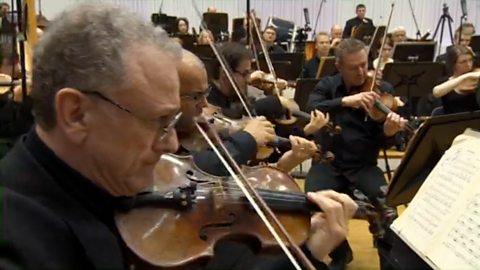
Texture - AQA
Some music is written with 'block' chords, some has weaving parts around the tune, and some music has no harmony at all. These are all examples of textures in music.
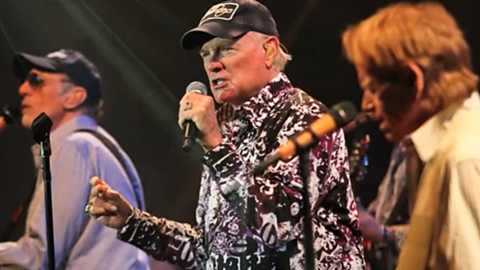
Notation - AQA
There are different ways of writing down music - this is called notation. Written music will indicate the type and length of note to be played.
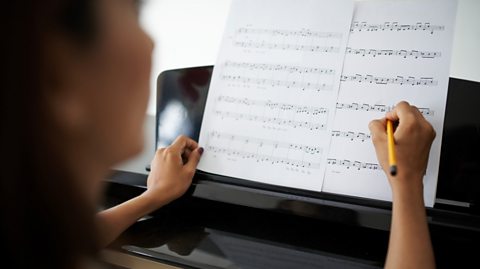
Western classical tradition 1650 to 1910
Haydn: Symphony No.101, second movement - AQA
Franz Joseph Haydn composed Symphony No.101 in 1793 during the Classical period. It is likely that the symphony was nicknamed ‘The Clock’ because of the continuous quavers in the second movement.

Handel: Messiah - AQA
Written in 1741, Messiah is Handel’s most famous oratorio. This large-scale work was written for soloists, choir and orchestra. The libretto was adapted by Charles Jennens with words from the Bible and tells the story of the life of Jesus.
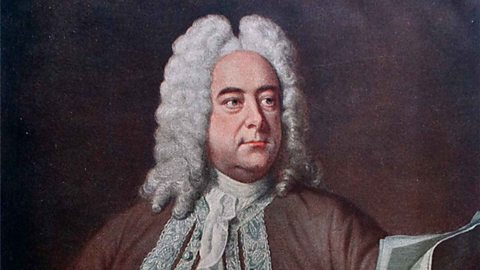
Chopin: Prelude, Op.28, No.15 - AQA
Prelude No.15 in Db major, also known as the ‘Raindrop’, was written by Polish composer Frédéric Chopin in 1839. The prelude is famous for its repeating Ab, which is heard throughout the piece and is thought to sound like raindrops.
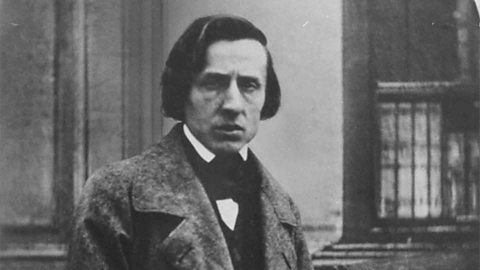
Verdi: Requiem - AQA
The Dies Irae was written by the Italian composer Giuseppe Verdi in 1874 and is a section from a much larger piece of religious music called Verdi’s Requiem. Dies Irae is Latin for Day of Wrath and it tells of a person coming before God to receive judgement at the end of their mortal life.
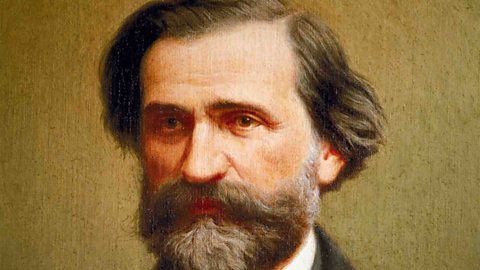
Popular music
The Beatles: With a Little Help from My Friends - AQA
With a Little Help from My Friends is a track taken from the iconic album Sgt. Pepper’s Lonely Hearts Club Band, which was released in 1967. It is sung by Ringo Starr and follows the opening song, Sgt. Pepper’s Lonely Hearts Club Band.
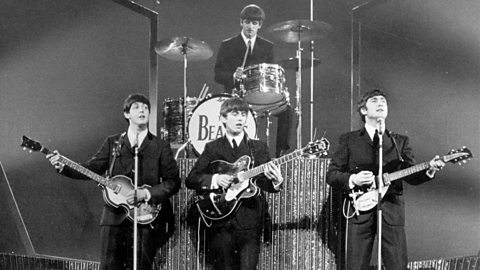
The Beatles: Within you, Without you - AQA
Within You Without You is the eighth track from the iconic album Sgt. Pepper’s Lonely Hearts Club Band. The song was written and performed by George Harrison and has lots of traditional Indian music influences.
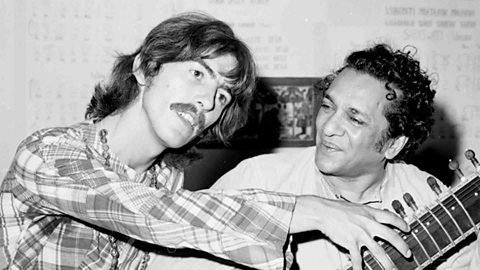
The Beatles: Lucy in the Sky with Diamonds - AQA
Lucy in the Sky with Diamonds is on the album Sgt. Pepper’s Lonely Hearts Club Band. The song can be classed as psychedelic rock due to its unusual timbres and lyrics.
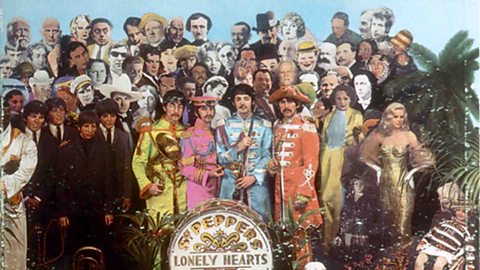
Adele: Someone like you - AQA
Someone Like You was composed by Adele Adkins and Dan Wilson. It featured on Adele's second studio album, 21. The single was a huge success, reaching number 1 in the charts around the world and winning numerous awards.

Traditional music
Santana: Smooth - AQA
Smooth was written by the award-winning Mexican-American guitarist and songwriter Carlos Santana, who founded the band Santana in 1966. Smooth was the most famous single from the album Supernatural and is a collaboration between Santana and singer Rob Thomas. It remains one of the biggest selling hits of all time.
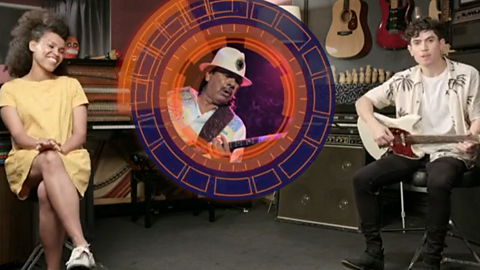
Santana: Migra - AQA
Migra was written by the award-winning Mexican-American guitarist and songwriter Carlos Santana who founded the band Santana in 1966. The album Supernatural was released in 1999 and sold over 25 million copies worldwide. Migra is one of the songs from the album and combines rock with Afro-Cuban musical influences.
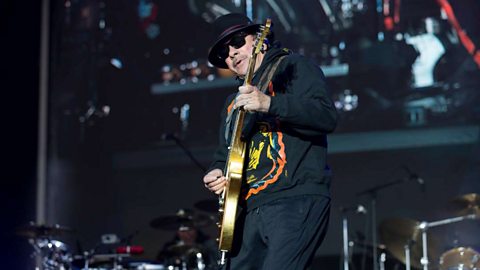
Santana: Love of My Life - AQA
Love of My Life was written by the award-winning Mexican-American guitarist and songwriter Carlos Santana who founded the band Santana in 1966. The album Supernatural was released in 1999 and sold over 25 million copies worldwide. Love of My Life is a collaboration between Santana and musician Dave Matthews.
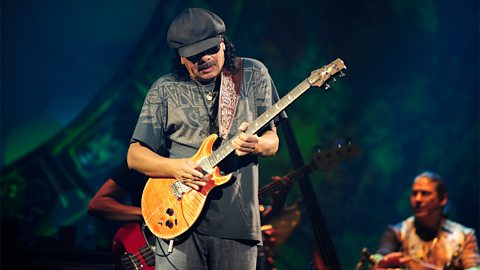
Contemporary British folk music - AQA
Mumford & Sons fuse elements of folk and rock music. They combine folk timbres such as banjo and double bass with repeated rhythms and riffs to create their unique style of music.
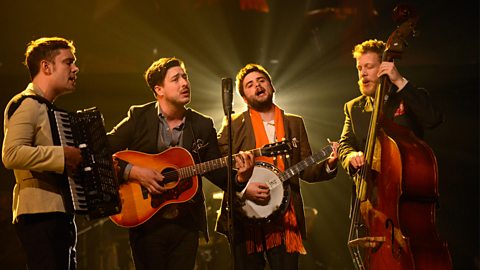
Western classical tradition since 1910
Aaron Copland: Saturday Night Waltz - AQA
Aaron Copland wrote the ballet Rodeo in 1942. Saturday Night Waltz is one of four movements from the suite Four Dance Episodes from Rodeo, which was taken from the original ballet score.

Aaron Copland: Hoedown - AQA
Aaron Copland wrote the ballet Rodeo in 1942. Hoedown is one of four movements from the suite Four Dance Episodes from Rodeo and taken from the original ballet score.

Minimalist music - AQA
Minimalist music is a form of Western art music that developed during the 1960s and 1970s. Minimalist composers took the music back to its basics of pitch and rhythm. They focused on slow and gradual changes over the course of the music.
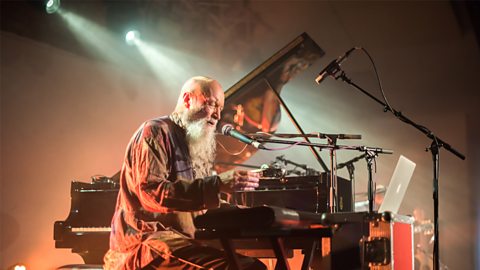
British 20th century composers - AQA
The 20th century British composers Malcolm Arnold, Benjamin Britten, Peter Maxwell Davies and John Tavener are among the most famous composers to emerge since 1910.

Music technology
Music software - AQA
Music software can be used for notation, sequencing and sound recording. Music technology can help you to compose and record your own music.

Recording music - AQA
Advances in music technology have made it possible for musicians to create their own recording studio. Computer based recording makes it easier to experiment and develop ideas.

Turntablism - AQA
Turntablism refers to the skill of DJing. Techniques such as scratching and beat juggling are used for manipulating the decks and mixing tracks.
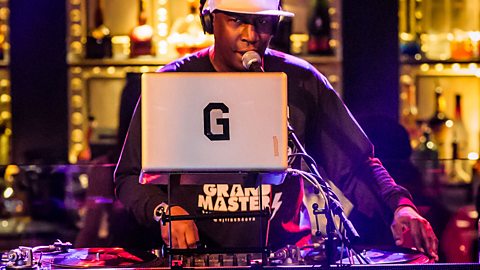
Sampling - AQA
DJ and singer-songwriter Moby is a performer from New York. He plays keyboard, guitar, bass guitar and drums. He has written popular dance music tracks which sample music from other songs.
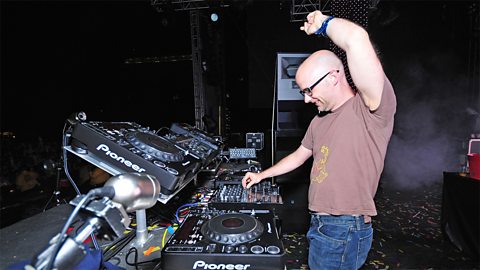
Composing
Writing your own music - AQA
In GCSE Music you will be required to compose two pieces. To do this you will need suitable tools. You will also need to find a starting point for your music, and structure, review, evaluate and experiment with your compositions.
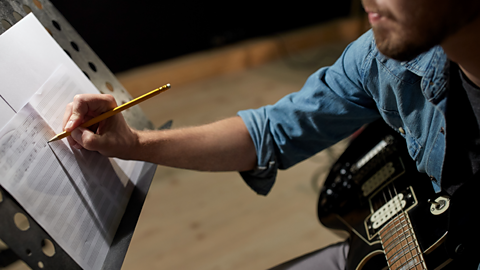
Music software - AQA
Music software can be used for notation, sequencing and sound recording. Music technology can help you to compose and record your own music.

Perfoming & evaluating
Musical performance - AQA
The music assessment includes a solo and an ensemble performance. Learn how to prepare, such as developing technical skill, expressive control, stylistic awareness and confidence.
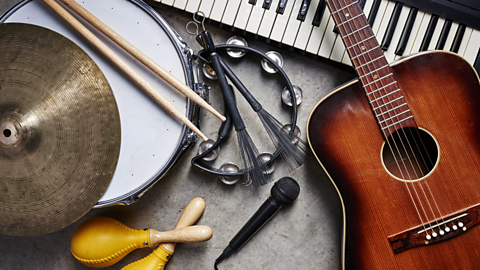
Links
- External linkExternal link
- SubscriptionSubscription
- External linkExternal link
- External linkExternal link
- SubscriptionSubscription
- External linkExternal link
- SubscriptionSubscription